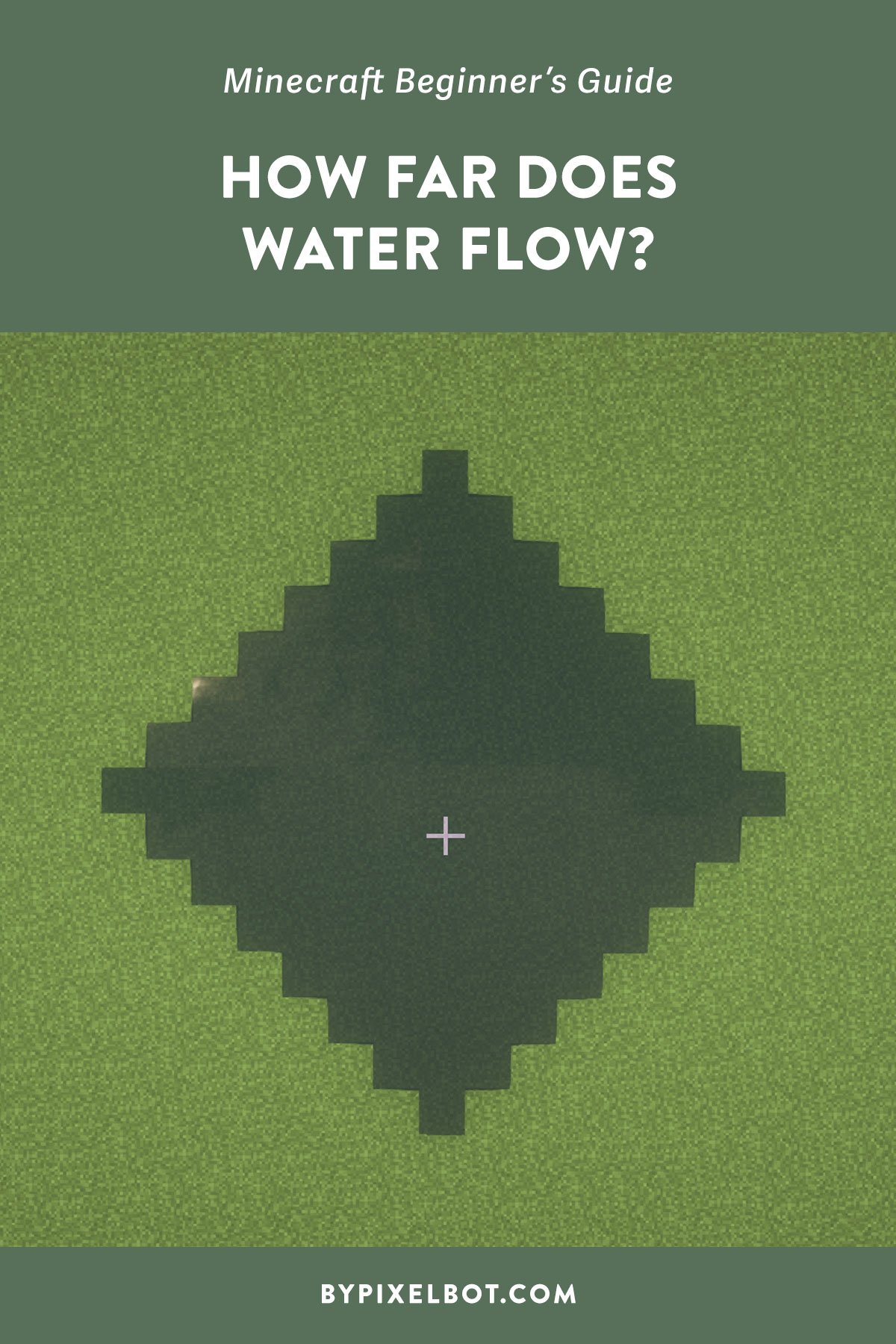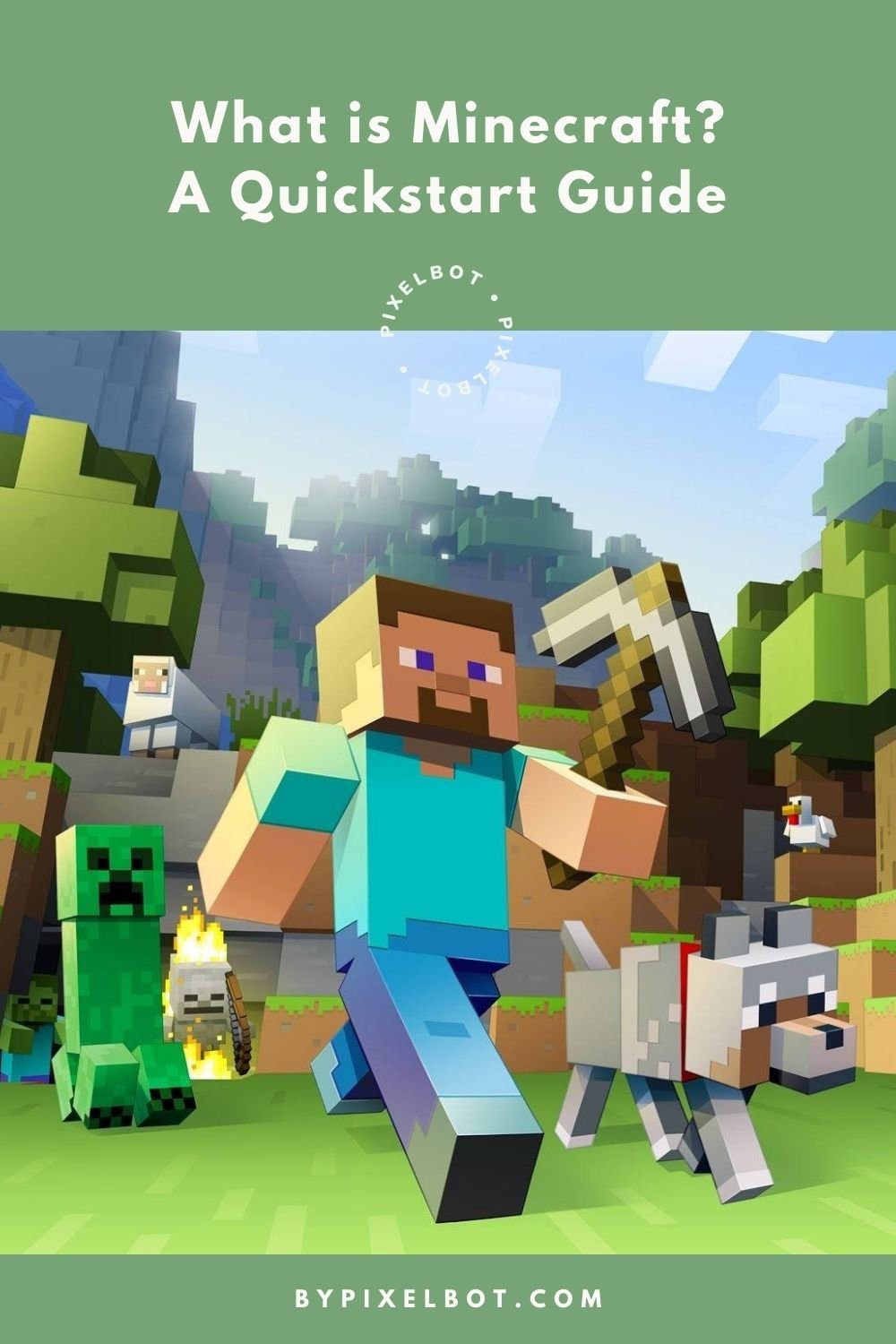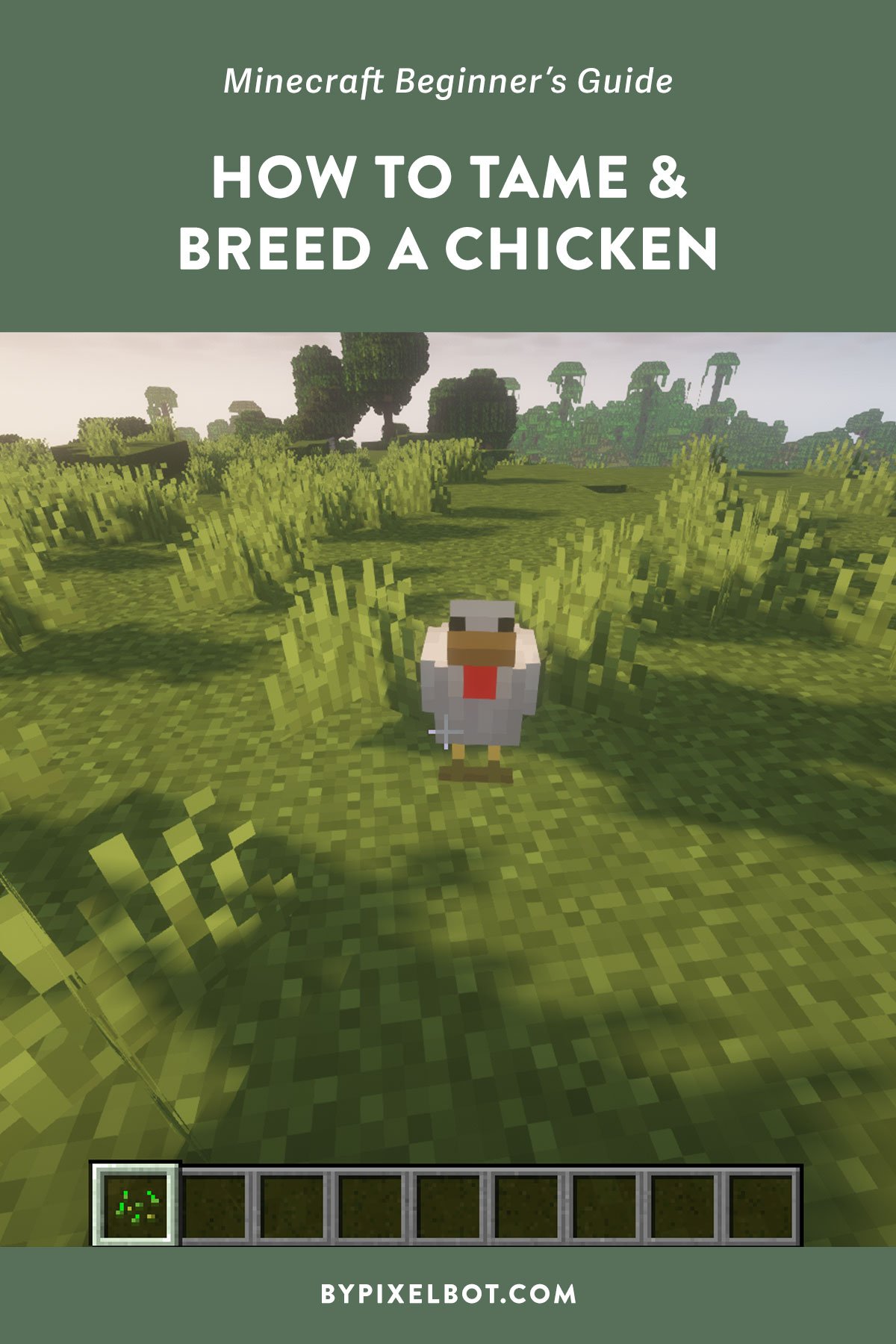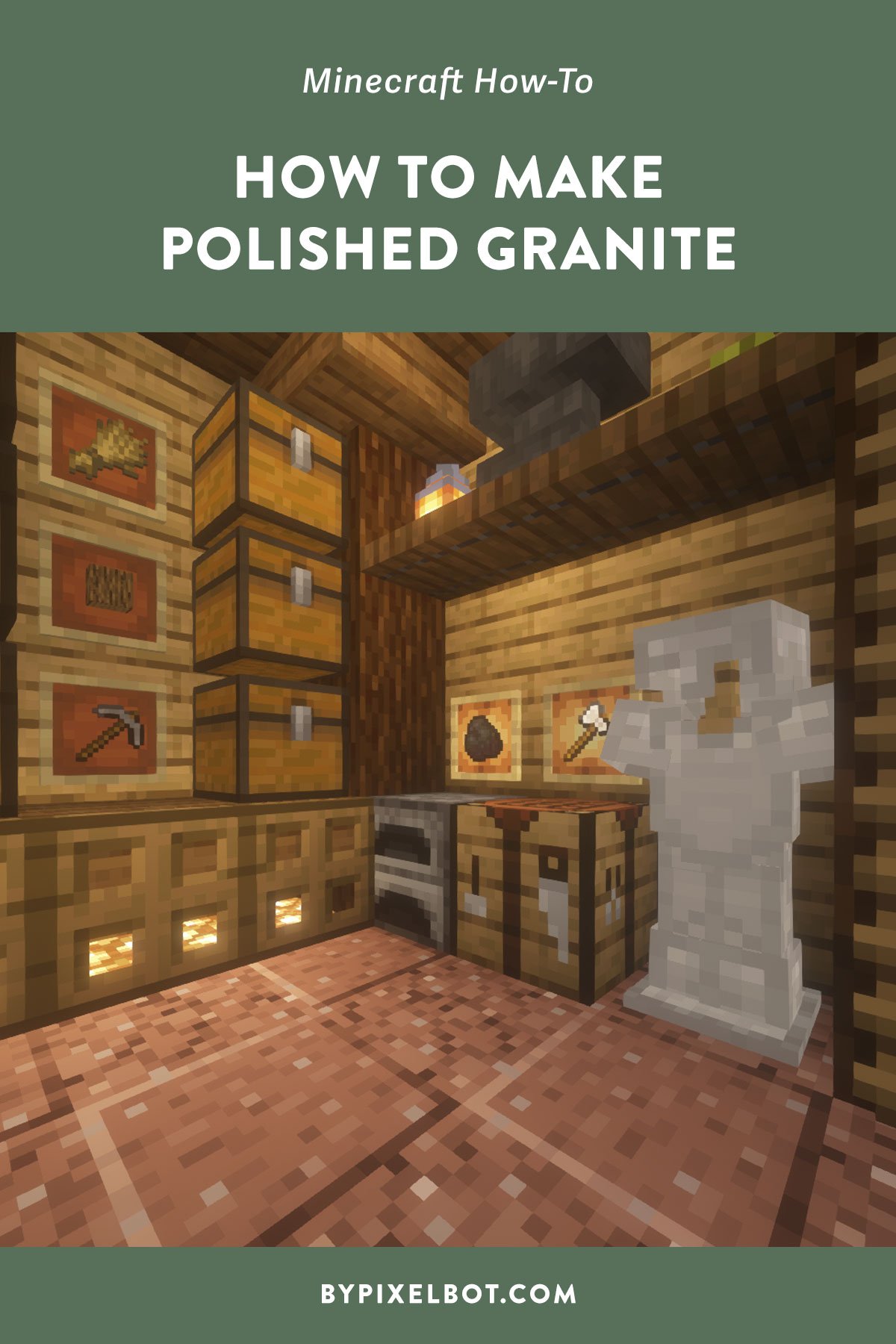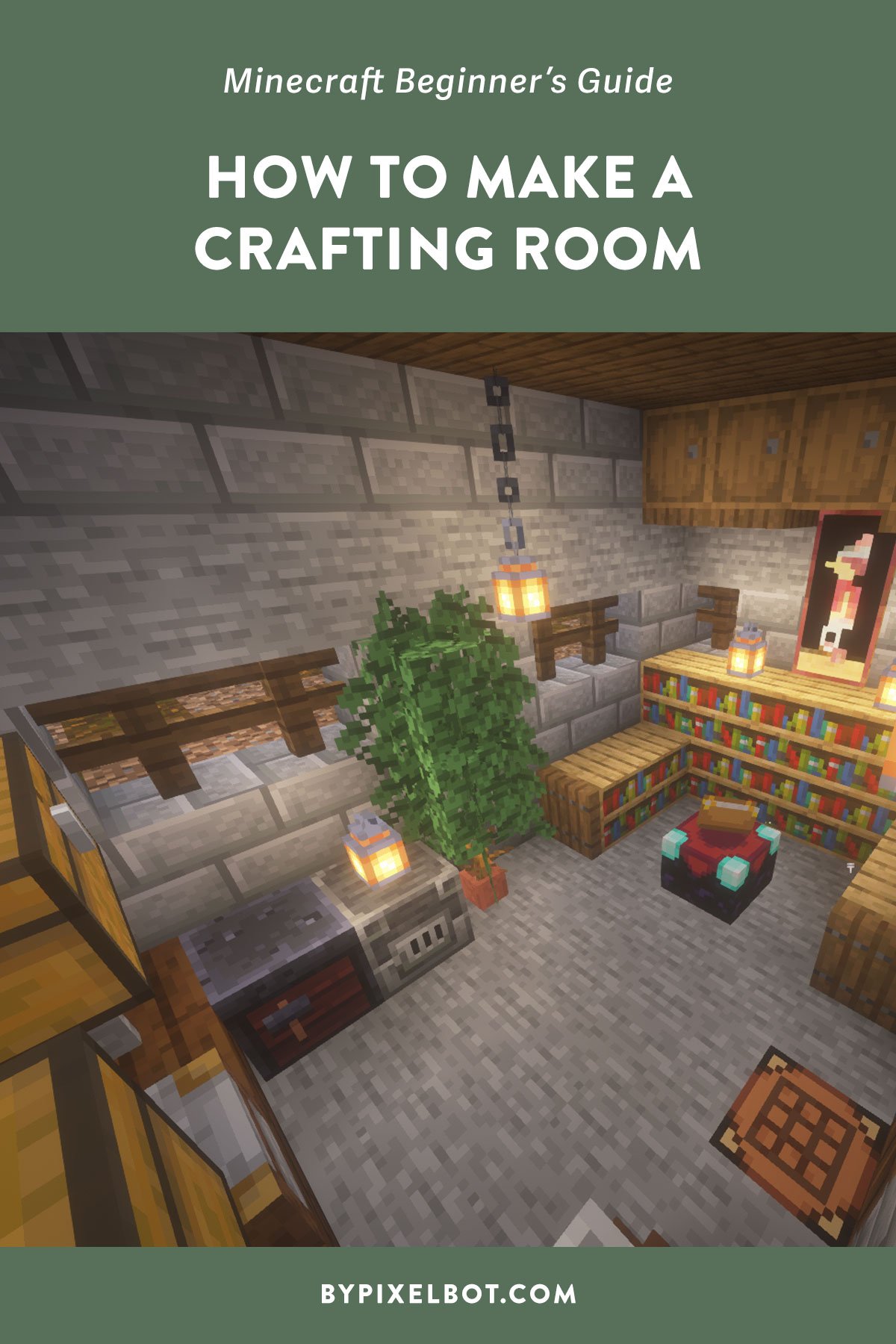How Far Does Water Flow in Minecraft? (Plus, the Best Tips on How to Use It!)
Disclosure: This page contains affiliate links and I may earn a commission if you click on them and make a purchase. This comes at no additional cost to you and allows me to continue to run this website. Lastly, please do not copy, modify, and/or redistribute my content and claim as your own. For info on photo/video sharing, see the terms and conditions page. Thanks for your support!
Minecraft is such a detailed game, and once you've been playing for a while, you may start to notice some different physics at play, such as water physics! You might be asking yourself: how far does water flow in Minecraft? It depends on a few factors! If you're interested in learning about Minecraft's water physics, how far water flows in Minecraft, and the different things you can do with water, keep on reading!
Water flows infinitely if it flows downhill and will only stop if a block is in its path. Once water hits the flat surface of the ground, it will spread out in a seven-block radius. Not only will water flow infinitely downhill, but it can also spread out as well as it flows. One water bucket can produce large, impressive waterfalls!
It's a different story if your water isn't flowing downhill. If you place water on a flat surface, its maximum flow distance is seven blocks in all four directions. It will flow equally in all directions from its starting point (where you place the water down first). Of course, the flow distance will be reduced if there is a block in the water's path.
The flow rate is the same whether the water flows downward or on a flat surface—in Minecraft, water flows at a rate of about four blocks per second.
Now that you know how far water flows in Minecraft, what can you do with this information? Well, let's take a look!
Create a Cobblestone or Obsidian Generator
Water is used for irrigating farmland, but did you know you can create new blocks with water and other materials? Well, by utilizing flowing water, you can make different types of block generators!
To make a cobblestone generator, you'll need horizontally flowing water and horizontally flowing lava. When these fluids combine, cobblestone is produced.
To make obsidian, you must combine flowing water with still lava or a lava source block. The lava blocks will then turn into obsidian! Obsidian is an excellent material to build a fortress or base camp since it has such a high resistance to explosions (check out my article on building materials if you want to learn about other blocks with a high blast resistance!).
Obsidian is also needed for building Nether portals so an obsidian generator will be handy later in the game. If you need a tutorial on how to make a nether portal, I've written an easy-to-follow guide on my blog!
You'll need a diamond pickaxe to mine obsidian. This kind of generator is best used later in the game when you can do diamond mining first.
Create an Elevator
Since water can flow downwards infinitely, you can use this to your advantage when mining and making an elevator! First, mine a 1x1 shaft. Once you've mined down as far as you want, you'll need to get back to the surface first. You can use a ladder to ascend at this point. Then, empty a bucket of water into the mineshaft. Once you enter the waterfall, hold the space button to get to the surface. You now have a quick way to ascend to the surface after a mining session!
To create an easy way to get down to the bottom of your elevator, mine another 1x1 shaft next to your waterfall elevator. Mine an extra block down and fill that one empty block space with water. Since water prevents fall damage, you can jump down the mineshaft and land safely at the bottom!
You now can quickly get down and up from your mine!
Final Thoughts
It goes without saying that water is a crucial Minecraft resource! Irrigation, preventing fall damage, block generation, and transportation are only some of the uses for water. Now that you know how far water flows, you'll be able to level up your gameplay and use water to your advantage!
Did you find this post helpful? Leave a comment and let me know. I’d love to hear from you.
TIP: Pin this image below by hovering over it to save it to your Pinterest account and refer back to it later.

